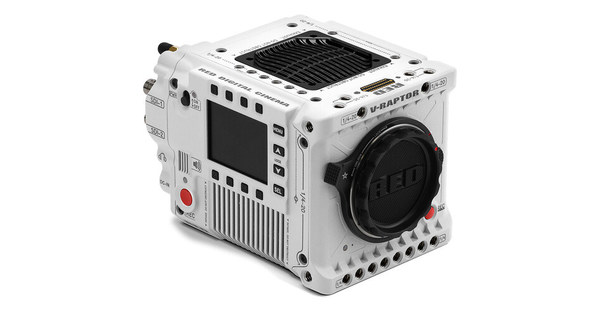D
Deleted member 381342
Guest
For the kind attention of CANON:-
I have a keen desire and expectation from Canon to manufacture the following 3 lenses which are,
1. RF 12-35 mm f4L IS USM to RF standard plus all the specifications of EF 14-24 mm f4L IS USM.
2. RF 24-240mm f4L IS USM Zoom lens to RF standard. Instead of current 24-240 mm zoom lens.
3. RF 100-500 mm F4L IS USM Zoom lens to RF standard instead of current 100-500 mm zoom.
This will be a Canon Trinity of my dreams.
Opinions Welcome.
If you make that a 200-500mm f/4.0 L then you'll be able to carry it and it'll be easier for them to make a excellent lens instead of a compromise.
Upvote
0

